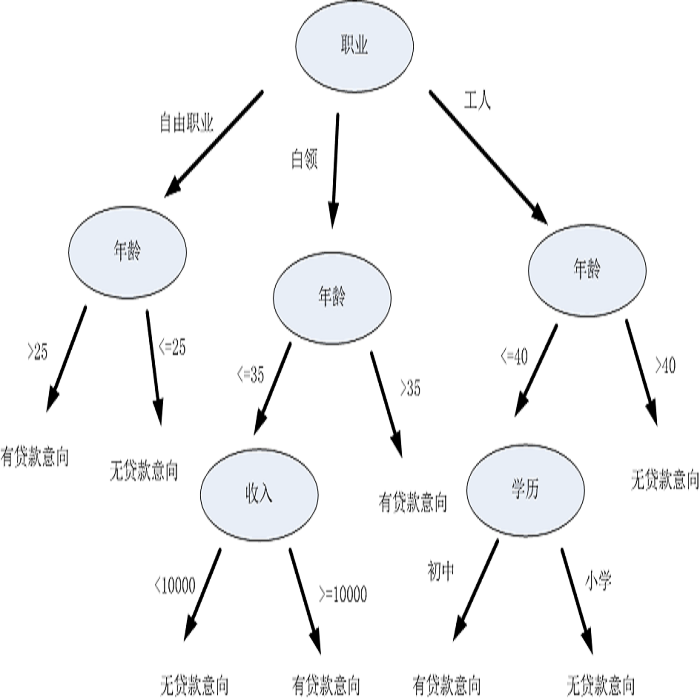Owing to their inherently interpretable structure, decision trees are commonly used in applications where interpretability is essential. Recent work has focused on improving various aspects of decision trees, including their predictive power and robustness; however, their instability, albeit well-documented, has been addressed to a lesser extent. In this paper, we take a step towards the stabilization of decision tree models through the lens of real-world health care applications due to the relevance of stability and interpretability in this space. We introduce a new distance metric for decision trees and use it to determine a tree's level of stability. We propose a novel methodology to train stable decision trees and investigate the existence of trade-offs that are inherent to decision tree models - including between stability, predictive power, and interpretability. We demonstrate the value of the proposed methodology through an extensive quantitative and qualitative analysis of six case studies from real-world health care applications, and we show that, on average, with a small 4.6% decrease in predictive power, we gain a significant 38% improvement in the model's stability.
翻译:暂无翻译




